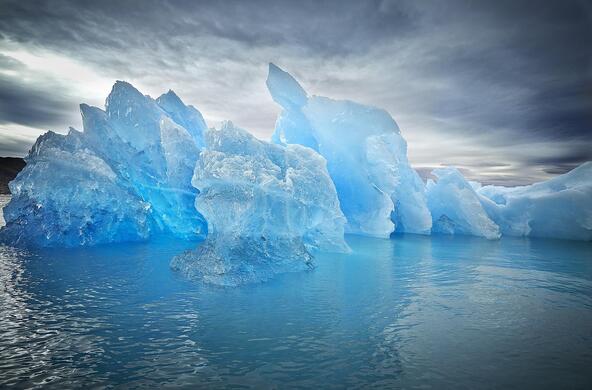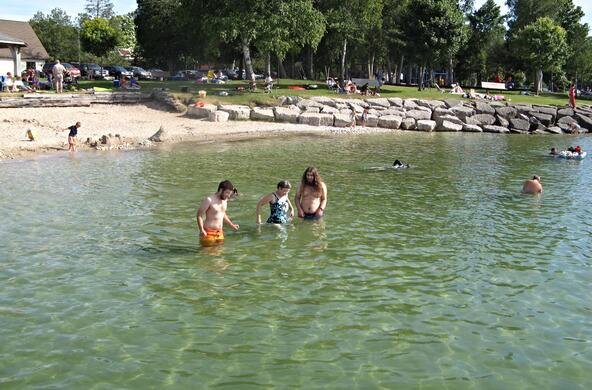Podcast interview with freshwater ecologist Dr. Stuart Findlay.
Any increase in the amount of water entering the Hudson is almost always accompanied by more nutrients, more contaminants, more sediments, all those things that would be carried by the water would also go up following a storm. So this happens all the time, it's just particularly dramatic under these really high-flow conditions. About half the pollutants come from what we call non-point sources, which is runoff from farm-fields to some extent but are lots of other places, peoples lawns can do that, parking lots that have various kinds of trash and debris, that gets washed into the river. In a high-flow event like this, what makes it so dramatic and larger than normal input, is that areas that aren't normally flushed into the Hudson, those at slightly higher elevations, would get washed in just because there's more water moving, it's moving in faster across the landscape. But these inputs of nutrients, things like grease and just trash and a variety of other things from just the surrounding landscape have always been a big part of what winds up in the Hudson and so big dramatic events like the recent storms have only exacerbated that.





